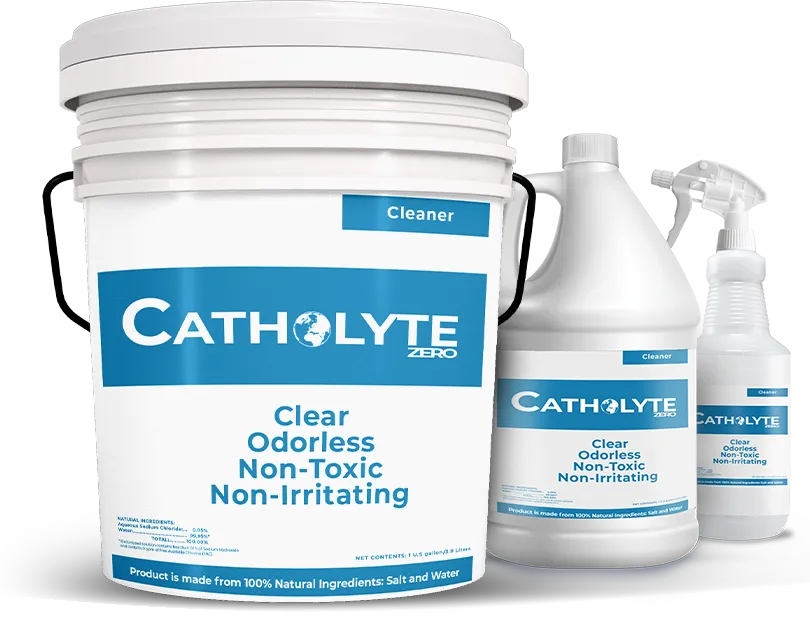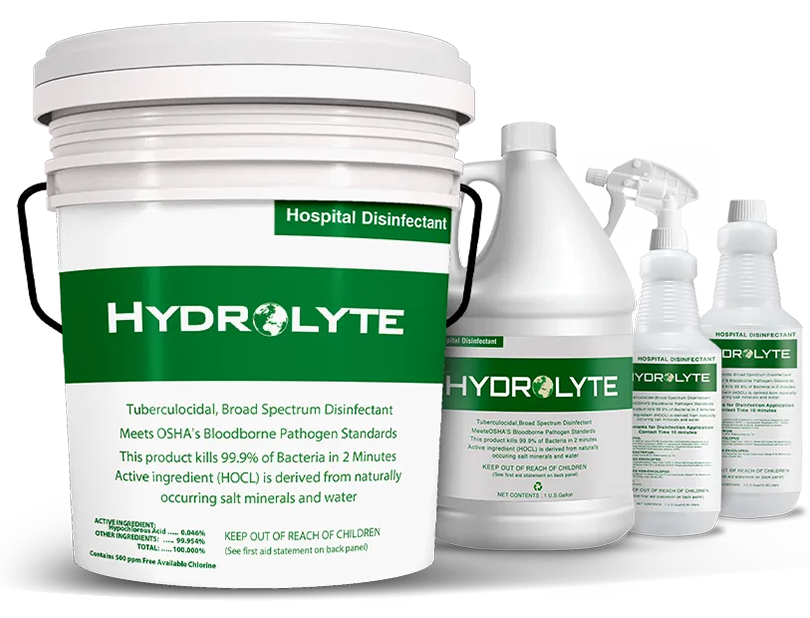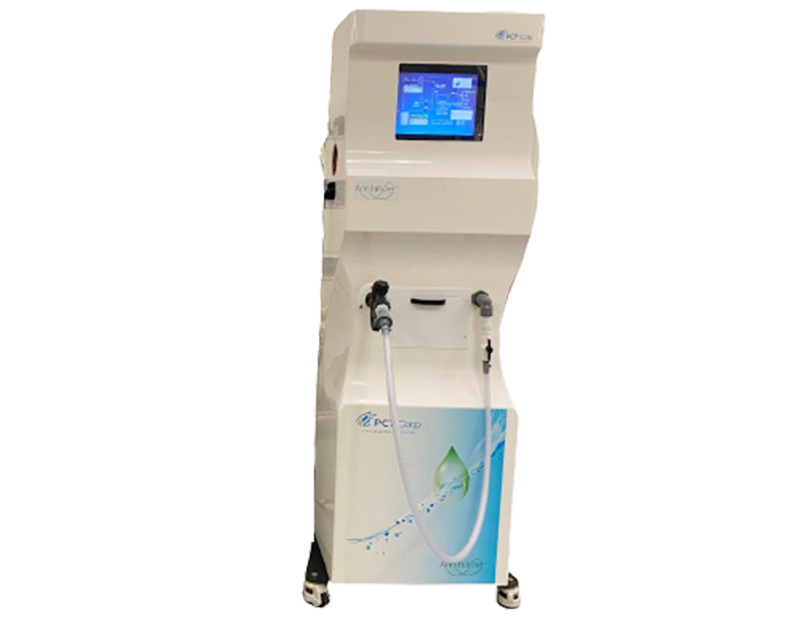
Impacts of Powdery Mildew on Grow Rooms
What sets powdery mildew apart from the rest of the known threats that cannabis grow rooms face? With hop latent virus, spider mites, aphids, and a host of other pests seeking to destroy cannabis crops, powdery mildew is somewhat unusual, and its qualities make it a special case that deserves additional attention from growers that are determined to bring as much as possible of their crop to harvest in healthy condition. Given the broad extent of possible infection, effective powdery mildew spray treatments can make the difference between harvesting a crop and losing an enormous percentage of it.
The distinctive appearance of powdery mildew is a sight that cannabis growers dread. It shows up as a white, flour-like substance sprinkled on leaves, and quickly spreads from plant to plant. If steps are not taken to aggressively prevent powdery mildew from propagating, it can easily infect an entire cannabis crop and decimate the grower’s profits.
Why does this disease infect cannabis plants so quickly? A main reason is the warm, humid environment of the grow room. The ideal growing conditions for healthy cannabis plants are unfortunately also the ideal growing conditions for powdery mildew. Once the spores make their way into the grow room and begin infecting plants, it is extremely difficult to eradicate.
Fighting Powdery Mildew
In a rush to identify a powdery mildew spray that fulfills their expectations, cannabis entrepreneurs have searched far and wide through the catalog of existing products. Nearly every solution, however, falls short in at least one area. An ideal powdery mildew prevention strategy should meet all of these criteria:
- Destroys existing powdery mildew growth completely, not leaving spores on plants that will grow back later
- Prevents the return of powdery mildew infection, giving cannabis plants a chance to stay healthy without suffering from destructive mildew
- Does not have any negative impacts of its own on cannabis plants themselves
- Is safe for use around plants and humans, not producing VOCs or other airborne chemical compounds that are harmful to the respiratory system
- Is easy to use and store




